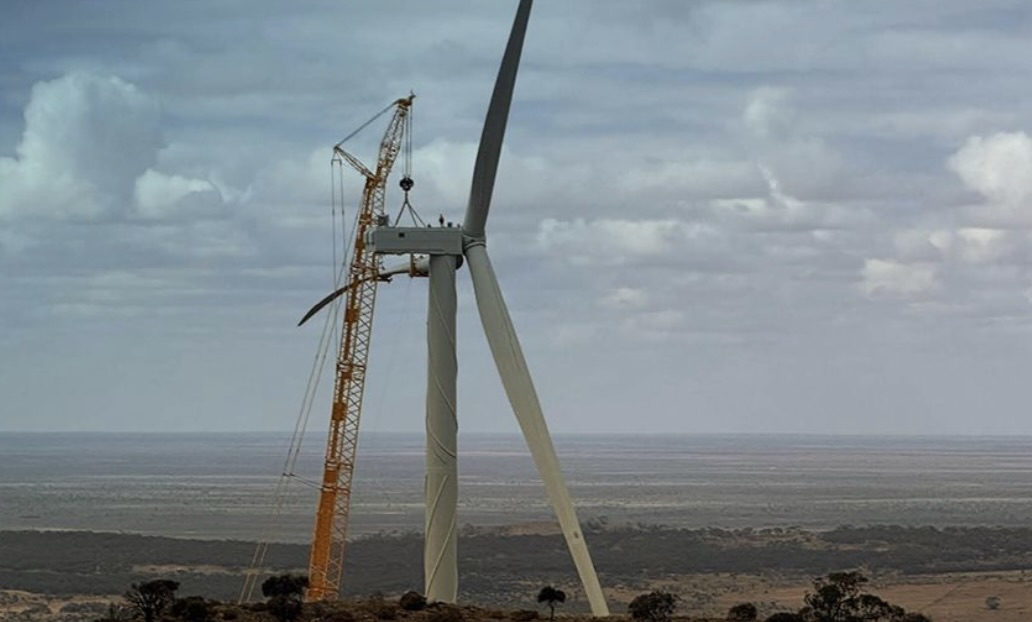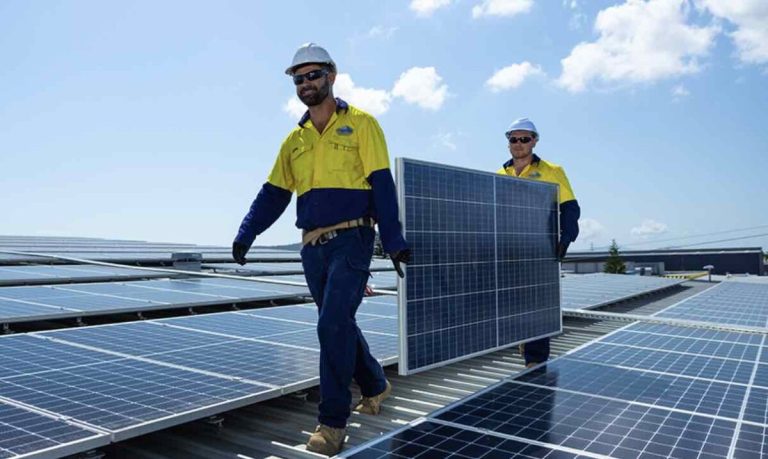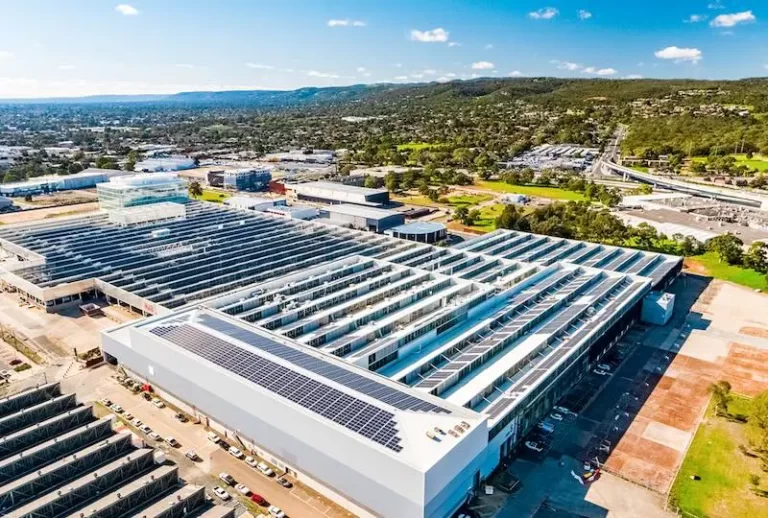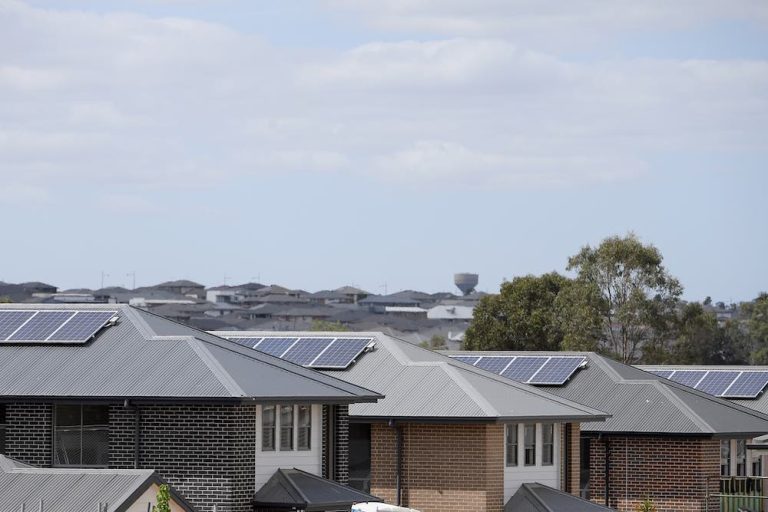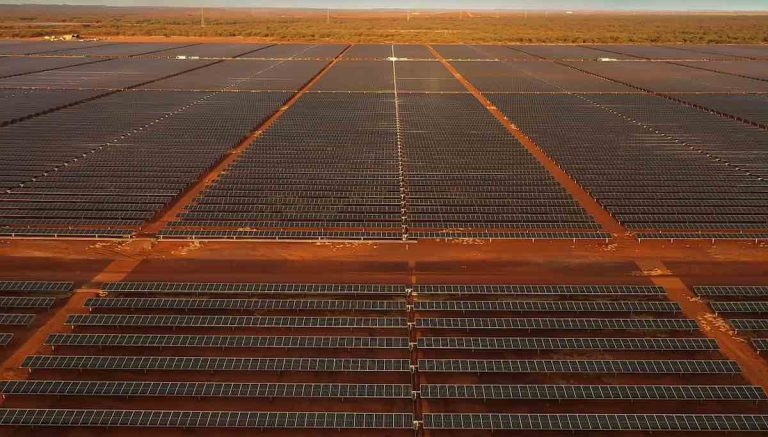Australia Needs More Big Batteries to Compensate for Wind Capacity Loss
Australia may need to significantly increase its planned capacity for large battery storage projects, more than doubling it in the coming years, to compensate for a projected shortfall in wind energy capacity. This insight comes from Alex Wonhas, a key figure in the design of the Australian Energy Market Operator’s Integrated System Plan.
Wonhas has observed that the anticipated growth in wind energy is unlikely to materialise as expected, primarily due to challenges in permitting and the need for extensive transmission infrastructure, which has proven difficult to establish. In contrast, the country is witnessing a surge in solar energy contributions, which, while beneficial, necessitates a greater reliance on battery storage to facilitate the planned phase-out of existing coal power plants.
New Developments in Battery Projects
Recently, Wonhas, now at the helm of Ampyr—a company backed by Singaporean investment—announced the financial closure of its inaugural large battery project in Australia. This project, located in New South Wales, boasts a capacity of 300 MW and 600 MWh and marks the first stage of a broader initiative aiming for a total of 6 gigawatt hours of battery storage by 2030.
Despite his vested interest in promoting battery storage, Wonhas insists that his projections are grounded in the realities of technological advancements. During a presentation at the Australian Energy Week conference in Melbourne, he highlighted that the reduced deployment of wind energy would necessitate an increase in planned battery storage capacity from 16 GW to approximately 31 GW. Furthermore, if additional system constraints arise or if the uptake of household batteries falls short, this figure could escalate to as much as 44 GW.
Adapting to Changing Energy Needs
Wonhas emphasises the importance of flexibility in managing the energy system, stating that the Integrated System Plan (ISP) must adapt to the actual deployment of energy resources. He notes that solar energy generation is inherently limited to daylight hours, which underscores the need for more battery storage to ensure a reliable energy supply.
Interestingly, the combined costs of solar energy and battery storage are now comparable to those of wind energy and its associated transmission costs. This assessment aligns with findings from the UK-based energy think tank Ember and Australian energy investor Quinbrook. Additionally, the costs associated with wind technology and transmission have risen significantly in recent years, prompting a reassessment of future transmission strategies by the Australian Energy Market Operator (AEMO).
Future Outlook for Renewable Energy
Despite industry concerns, Wonhas remains confident that Australia will achieve—or come close to—its goal of 82 per cent renewable energy by 2030. He predicts that crucial investment decisions will be made within the next three years, propelling the grid beyond the 80 per cent threshold. While full commissioning may not occur by the end of 2030, he believes the groundwork will be firmly established.
Wonhas acknowledges the impressive progress made thus far, noting that initial predictions suggested the energy transition would stall at 20 per cent renewables. He highlights the declining costs of battery modules, which are leading to favourable market conditions for battery storage, although he also points out the rising costs associated with plant balance and connections, largely due to a shortage of skilled labour and the increasing difficulty in locating optimal sites for new projects.
Innovative Solutions for Energy Storage
To address these challenges, Wonhas suggests that some batteries could be designated as “virtual transmission” systems, similar to the large batteries being deployed at the Waratah Super Battery, located on the site of the former Munmorah coal generator. These virtual transmission batteries would require specific contracts to fulfil grid support roles rather than focusing solely on energy trading and frequency control services.
Wonhas is keen on exploring such developments, particularly as they relate to addressing transmission capacity issues in newly established renewable energy zones, such as the South West REZ in New South Wales. Concerns have also been raised regarding the adequacy of similar zones in Victoria.
